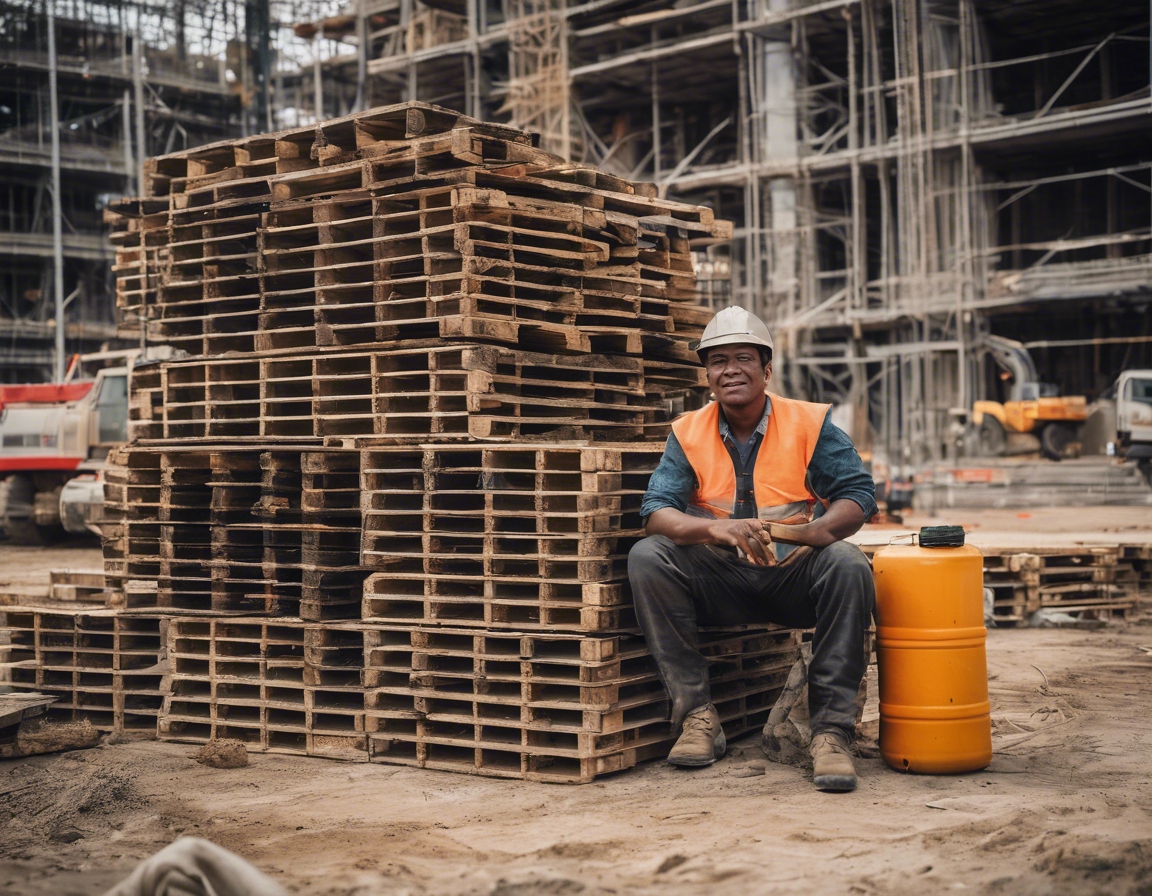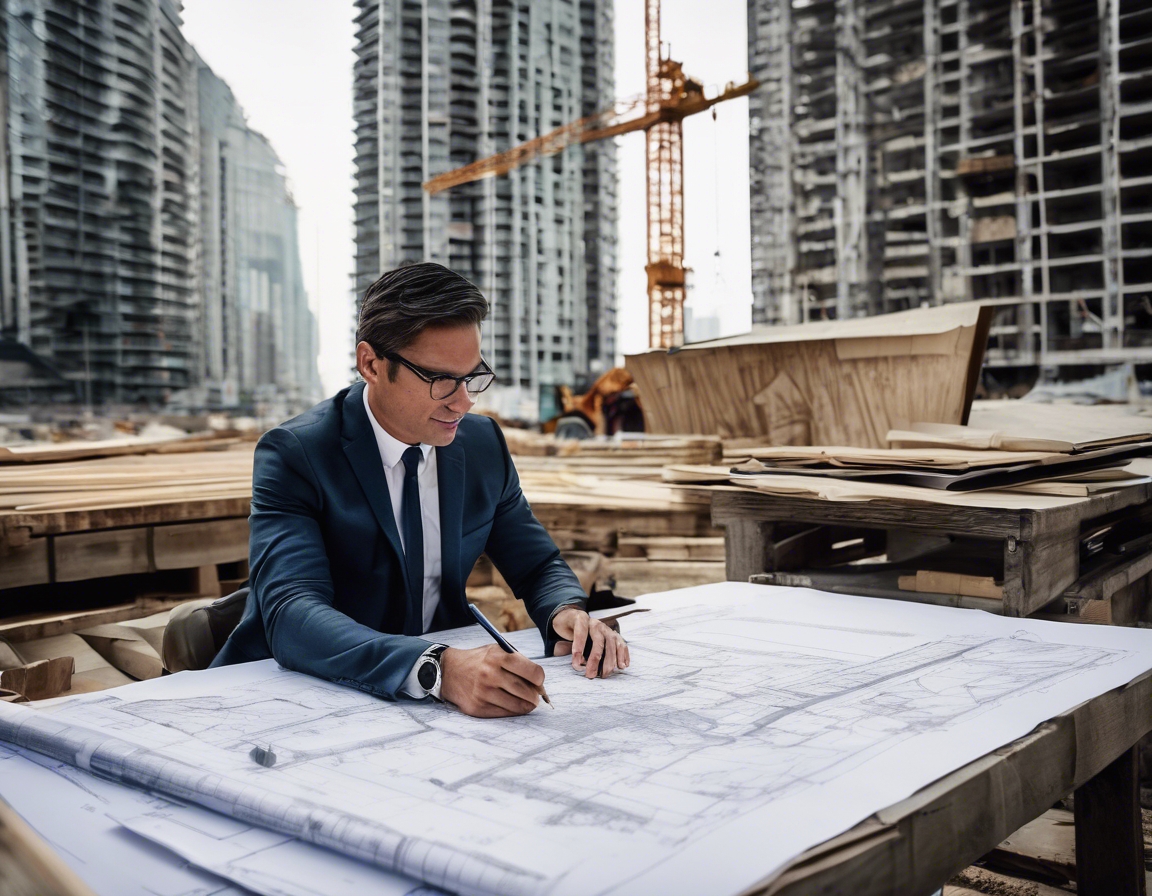The importance of sustainable building practices
Sustainable building practices are becoming increasingly important in today's world, where environmental concerns and resource scarcity are at the forefront of global discussions. These practices involve designing, constructing, and operating buildings in a way that reduces their environmental impact, conserves resources, and promotes the well-being of occupants. For homeowners and property developers, adopting sustainable building practices is not just a trend but a necessity for ensuring a better future.
Environmental Benefits of Sustainable Building
One of the primary environmental benefits of sustainable building is the significant reduction in carbon emissions. By utilizing energy-efficient systems and renewable energy sources, buildings can drastically lower their carbon footprint. This not only helps in combating climate change but also sets a precedent for responsible construction practices.
Sustainable building practices emphasize the efficient use of natural resources. This includes using recycled materials, reducing waste during construction, and implementing water-saving technologies. By conserving resources, we ensure their availability for future generations while minimizing the environmental impact of construction activities.
Economic Advantages of Sustainable Building
While the initial investment in sustainable building practices may be higher, the long-term cost savings are substantial. Energy-efficient buildings consume less power, leading to lower utility bills. Additionally, sustainable buildings often require less maintenance and have longer lifespans, further reducing costs over time.
Properties built with sustainable practices tend to have higher market values. As more buyers and investors prioritize sustainability, the demand for eco-friendly buildings increases. This trend not only enhances the resale value of properties but also attracts environmentally conscious tenants and buyers.
Social Impact of Sustainable Building
Sustainable buildings are designed to improve indoor air quality and provide healthier living environments. By using non-toxic materials and ensuring proper ventilation, these buildings reduce the risk of health issues associated with poor air quality, such as allergies and respiratory problems.
Sustainable building practices contribute to the overall well-being of communities. They promote the development of green spaces, enhance urban aesthetics, and encourage community engagement. By fostering a sense of responsibility towards the environment, sustainable buildings help create more cohesive and resilient communities.
Key Sustainable Building Techniques
Energy-efficient design is a cornerstone of sustainable building practices. This involves optimizing the building's orientation, insulation, and glazing to maximize natural light and minimize energy consumption. Incorporating renewable energy sources, such as solar panels, further enhances energy efficiency.
The selection of sustainable materials is crucial in reducing the environmental impact of construction. This includes using materials that are locally sourced, recycled, or have low embodied energy. Sustainable materials not only reduce waste but also contribute to healthier indoor environments.
Water conservation is an integral part of sustainable building practices. Implementing rainwater harvesting systems, low-flow fixtures, and efficient irrigation systems can significantly reduce water usage. These strategies not only conserve water but also lower utility costs and promote sustainable living.
The Role of Technology in Sustainable Building
Smart home technologies play a vital role in enhancing the sustainability of buildings. These technologies allow for the automation and optimization of energy usage, lighting, and climate control, leading to increased efficiency and comfort for occupants.
Advancements in construction methods, such as modular construction and 3D printing, are revolutionizing sustainable building practices. These methods reduce waste, improve efficiency, and allow for greater flexibility in design, making sustainable building more accessible and cost-effective.
Challenges and Opportunities in Sustainable Building
Despite the numerous benefits, sustainable building practices face challenges such as higher upfront costs, regulatory hurdles, and a lack of awareness among stakeholders. However, these challenges present opportunities for innovation, collaboration, and education, paving the way for a more sustainable future in the construction industry.






Comments (0)